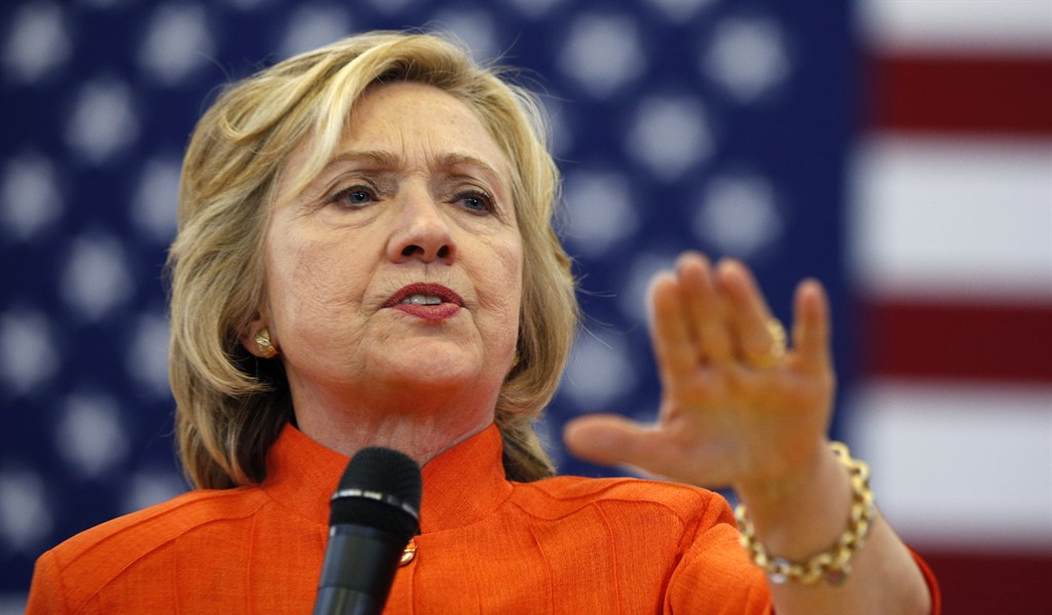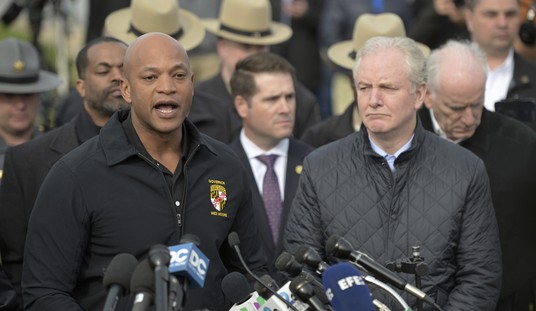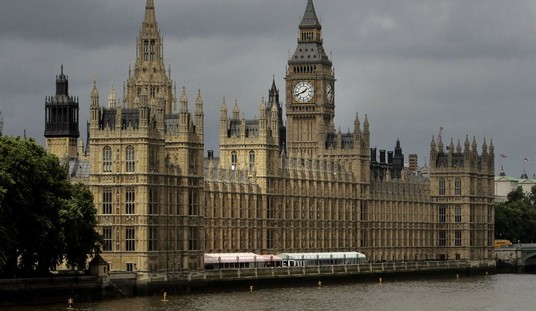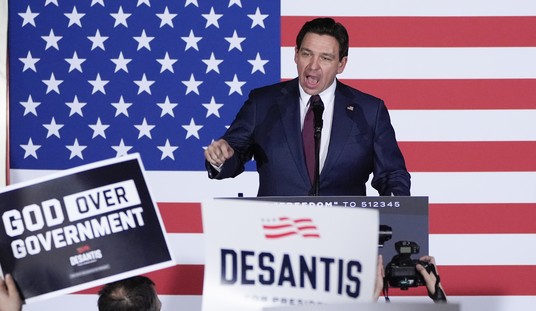Good question, and one I’ve also raised in the past.
The Department of Justice has signaled in recent days that it might pursue obstruction charges as a way to avoid the Hillary Clinton comparisons over any attempted charging of Donald Trump over mishandling classified information. That strategy apparently opened up when Trump and/or his attorneys allegedly misled the DoJ and National Archives on which classified documents were retained by Trump even after their arrangement to return material earlier in the year.
A prosecution focused on obstruction would allow the DoJ to bypass the Hillary Rule, which then-FBI director James Comey declared in 2016. He set the precedent that the Espionage Act would only be used to prosecute people who mishandled classified material in a malicious manner, letting Clinton off the hook. However, as Jonathan Turley argues, Hillary Clinton’s four-plus years of storing and transmitting classified material on a server was not the only legal issue at the time, although the violations were more profound in that case:
A criminal charge of obstruction against Trump would offer certain political benefits for Garland. As previously discussed, the government has routinely elected not to prosecute high-ranking officials for improperly removing classified material or has sought mere misdemeanor charges in the most egregious cases.
Prosecuting Trump for a misdemeanor for possessing or removing classified documents would seem gratuitous, while prosecuting him for a felony would raise questions of biased or selective prosecution. After all, in 2016, Hillary Clinton had not just 113 documents containing classified material but some documents “classified at the Top Secret/Special Access Program level” on her private email servers. (In Trump’s case, the government allegedly found roughly 100 documents in the Mar-a-Lago raid in addition to roughly 150 handed over by the Trump team under an earlier subpoena.)
Clinton’s documents were even more vulnerable to being compromised via her unclassified email account and, according to the FBI, “hostile actors gained access” to some of the information. Yet she was never subjected to a raid, let alone a charge.
That won’t be the DoJ’s only problem, either. Clinton obstructed the FBI probe into her mishandling of classified material in several different ways, and yet faced no legal repercussions for it:
In addition to the transfer of top-secret and other classified documents to her private server, Clinton and her staff did not fully cooperate with investigators. During the investigations of her conduct, some of us marveled at the temerity of the Clinton staff in refusing to turn over her emails and other evidence to State Department and DOJ investigators, including laptops holding suspected classified information. The FBI had to cut deals with her aides to secure their cooperation.
Later, more classified material was found on the laptop of former congressman Anthony Weiner (D-N.Y.), who was married to top Clinton aide Huma Abedin — 49,000 emails potentially relevant to the Clinton investigation.
After Congress sought these emails, Clinton’s staff unilaterally destroyed thousands of emails with BleachBit. Clinton was aware that Congress and the State Department were seeking the emails in 2014. Her lawyers turned over about 30,000 work-related emails to the State Department and deleted 33,000 others while insisting they unilaterally deemed them “personal.”
Turley’s not the only person with long memories on this point. Michael Doran e-mailed me last month to remind me of the extent of Hillary’s obstruction — and its length as well. Her obstruction began in 2014 when the select committee on Benghazi finally uncovered the secret e-mail system and didn’t end until right before the 2016 election. His NRO column from 2018 covered all these points as well:
Particularly damning was the form this material took. It is impossible to paste a classified document into an unclassified email accidentally, because the three computer systems (Unclassified, Confidential/Secret, and Top Secret) are physically separate networks, each feeding into an independent hard drive on the user’s desk. If a classified document appears in an unclassified email, then someone downloaded it onto a thumb drive and manually uploaded it to the unclassified network — an intentional act if ever there was one.
One of Clinton’s emails suggests that downloading and uploading material in this fashion was a commonplace activity in her office. In June 2011, a staffer encountered difficulty transmitting a document to her by means of a classified system. An impatient Clinton instructed him to strip the classified markings from the document and send it on as an unclassified email. “Turn into nonpaper w no identifying heading and send nonsecure,” Clinton instructed.
On three separate occasions staffers got sloppy and failed to strip the “nonpapers” of all markings that betrayed their classified origins. The FBI recovered one email, for example, that contained a “C” in parenthesis in the margin — an obvious sign that the corresponding paragraph was classified “Confidential.” When an agent personally interviewed Clinton, on July 2, he showed her the document and asked whether she understood what the “C” meant. For anyone who has ever held a security clearance, “C’s” in the margins are more ubiquitous than “C’s” on water faucets — and no more baffling. But Clinton played the ditzy grandmother. She had simply assumed, she said, that the “C” was marking an item in an alphabetized list.
In the 2,500-year life of the alphabet, this was a first: a list that started with the third letter and contained but a single item. The explanation was laughable, but any sensible answer would have constituted an acknowledgement of malicious intent. Her only out was the “well-intentioned but careless” script that Obama had written for her. In other words, she lied to the FBI — a felony offense.
Bear in mind one other key difference between these two situations as well. Trump took these records out at the end of his presidency, when one would expect that a former president would begin culling through his papers for an eventual presidential library. Hillary Clinton mishandled classified material for six years — all through her term as Secretary of State and beyond — and actively lied to courts about it when challenged for e-mails on FOIA demands.
All of that will make it rather difficult for the DoJ to explain why they may prosecute Trump after ignoring Hillary’s obstruction as well as Espionage Act violations. Such a choice will make at least one of those decisions look veeeeerrrrrry politicized — and almost certainly both.








Join the conversation as a VIP Member